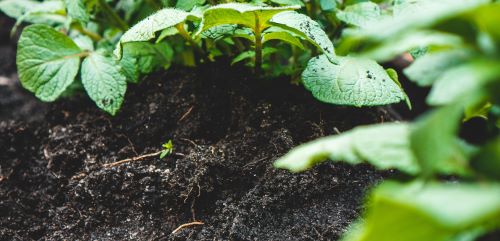


The seed-to-sprout process involves water absorption and root growth, leading to stronger plants and better yields.
Every towering tree and abundant harvest starts the same way: with a seed. But the journey from seed to sprout is anything but simple. Beneath the surface, hidden from view, are biochemical shifts, cellular reorganisations, and complex interactions with soil, water, and microbes. These early stages of plant development are not just foundational—they determine everything that follows.
Understanding the hidden phases between sowing and sprouting empowers growers to intervene strategically. Whether cultivating vegetables in containers, managing a rice field, or operating a commercial greenhouse, supporting the seed during these early stages gives your crops the best possible head start. And when growers seek to shop plant growth promoters, they often choose products designed to enhance these early, unseen stages—improving germination, strengthening root architecture, and fostering microbial symbiosis from day one.
The first stage of early plant development is imbibition—the absorption of water by the dry seed. This initiates a chain reaction, activating dormant enzymes and rehydrating cellular structures. Once the seed absorbs enough moisture, its metabolic machinery restarts.
During this phase:
Temperature, oxygen levels, and water availability influence the speed and success of this phase. Seeds that absorb water too quickly or in saline or anaerobic conditions may swell but never sprout.
The emerging radicle or embryonic root is the outward evidence that germination has occurred. At this point, the organism changes from a dormant seed to one that is actively engaging with its surroundings.
Important micro-events during this stage include:
Once the radicle anchors the plant, the hypocotyl (the embryonic stem) elongates and pushes the cotyledons toward the surface. This process varies between monocots and dicots.
In dicots like beans and mustard:
In monocots like maize or rice:
By now, the primary root begins to branch into a more complex architecture. Lateral roots form, expanding the seedling’s access to water and nutrients.
The root system plays multiple roles:
Root development depends heavily on calcium, phosphorus, and beneficial microbes. Roots stay shallow in soils with poor structure or depleted organic matter, limiting future yield. This is where regenerative inputs and soil conditioners come in.
For example:
Root hairs also emerge during this stage, increasing surface area for absorption and microbial interaction. A stable, thriving rhizosphere ecosystem begins to form.
“Seeds don’t just grow into plants, they negotiate, struggle, adapt, and respond to the world around them long before they break the surface.”
